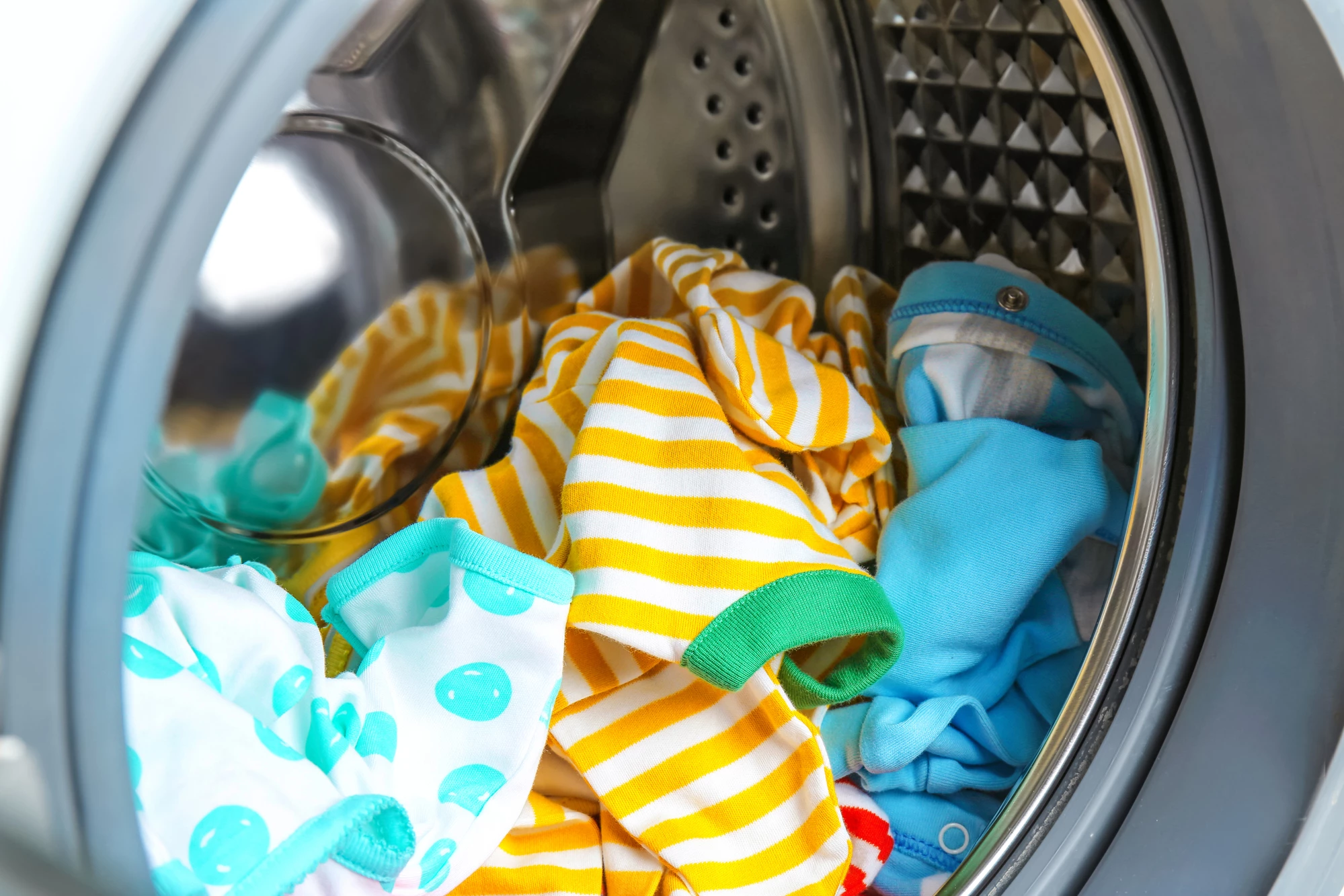Discarded soda bottles, cigarette butts and fishing nets are some common examples of pollution in the ocean, but our problems with plastic don’t end with the pieces that you see. Laundry cycles see our clothes shed huge amounts of microplastic fibers into the wastewater and scientists have now made an effort to quantify this, estimating that millions of metric tonnes of these synthetic fibers have entered waterbodies since 1950.
While the impact of washing cycles on the environment has never been measured in exactly this way, it has started to attract more and more attention from researchers working to understand the true extent of our plastic problem. For example, earlier this year we looked at research suggesting short, cold-water washing cycles can minimize the amount of fibers that our clothes shed, while another study from last year looked at how sound waves can be used to separate them from wastewater at the source.
To survey the problem on a worldwide scale, scientists at the University of California, Santa Barbara drew from global datasets on apparel production, clothing use and retention, washing habits and wastewater treatment. The team looked at the period between 1950, when synthetic fibers first began to be used on a mass scale, and 2016, and calculated that a total of 5.6 million metric tonnes of synthetic microfibers have escaped washing machines and entered the environment in that time.
“If you look at the figures you can see the enormous growth in synthetic clothes production, and as a result, increased synthetic microfiber pollution,” says industrial ecology professor and paper co-author Roland Geyer.
What surprised the scientists was not just how much plastic waste is generated in this way, but where it all ends up. While we know a large chunk of it washes into the marine environment, some 2.9 metric tonnes, the team found that almost as much, 2.5 million tonnes, makes its way into the terrestrial environment.
This occurs as a result of the processes at wastewater treatment plants, in which everything except for the tiniest microplastics are caught in the sludge. This semi-solid material is then treated and in vast quantities, turned into fertilizer and conditioners for soil.
“So then it becomes a terrestrial pollution issue,” Geyer says. “We just turned it into a different environmental pollution issue rather than having actually solved it.”
The team is of the view that the best solution to this problem is to focus our efforts on capturing these fibers at the source. Gentler washing cycles, or cooler ones as mentioned above, are a couple of ways we might do this, but built-in filters that collect the fibers during a washing cycle could also be a part of the equation.
Knowing where these fibers come from and the path they take through the environment will help plug some of the gaps in our knowledge around plastic pollution, but there remains a lot to learn, particularly when it comes to the impacts on living organisms.
“There are huge unknowns,” says industrial ecology professor Sangwon Suh. “The amount of microplastics and microfibers that are generated is quite massive and continuing to rise, and if it continues there will be big changes, the consequences of which we are not yet sure. That’s what makes it concerning.”
The research was published in the journal PLOS One.




